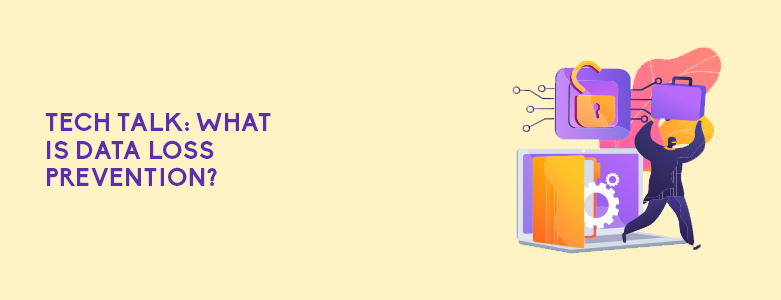Tech Talk: Looking at the 3 Main Use Cases for DLP

When discussing Data Loss Prevention (or DLP), many would assume that it is more of a problem for the physical infrastructure. Organizations don’t consider that even the cloud can carry risks of DLP as their mindset of human error or data corruption. We went into more detail in our previous article, that DLP covers more than […]
Tech Talk: What is Data Loss Prevention?

As we slowly emerge from the global pandemic, the transition to return to the office have been steadily happening. However, even as we return to the office, working remotely is something that will not be going away anytime soon. With many offices opting to implement a hybrid work setup, data will inevitably be move outside […]
